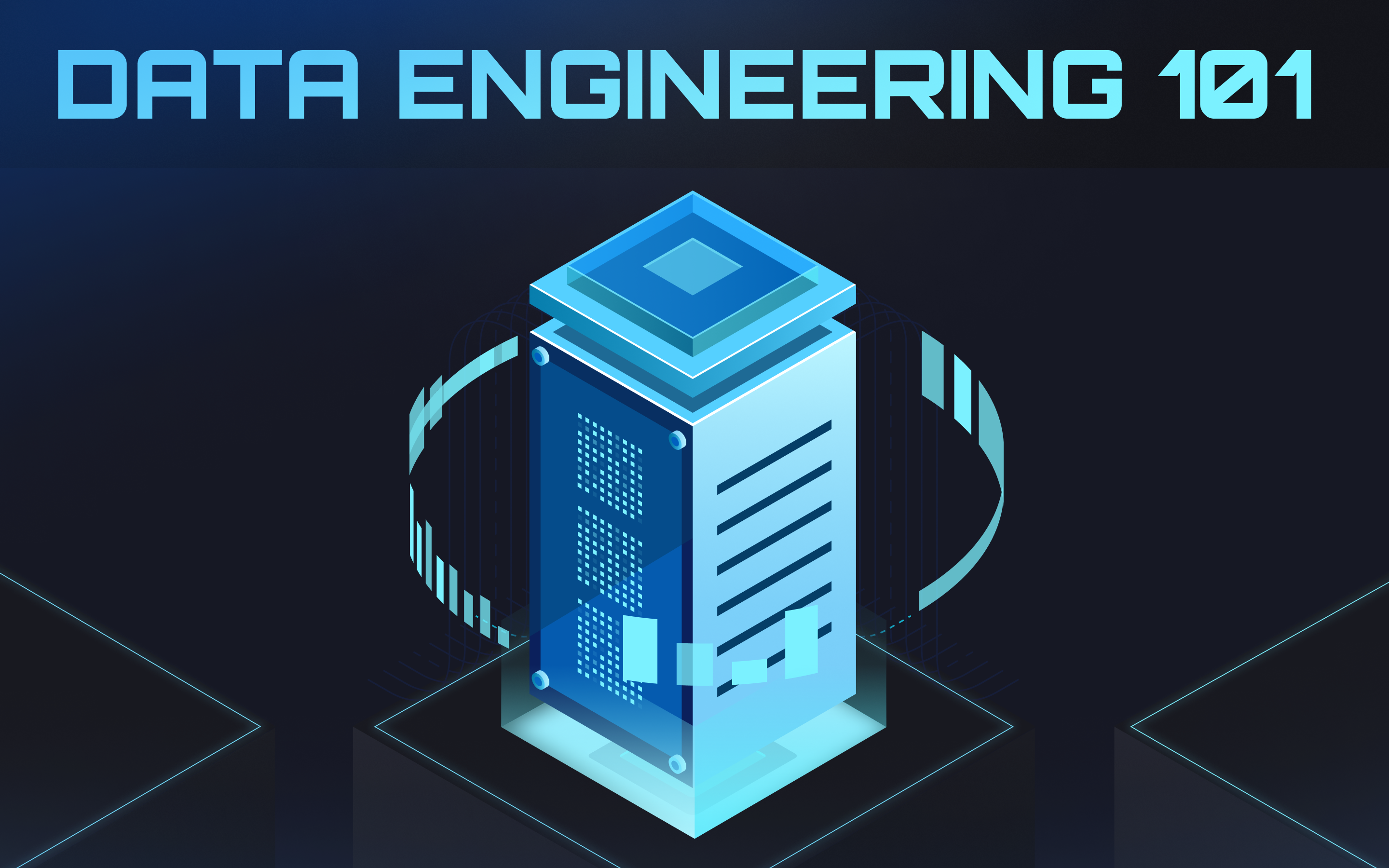In the realm of data analysis, professionals rely on a myriad of tools to extract insights from vast datasets. SQL and Python stand out as indispensable assets in this data-driven landscape. Their combined prowess empowers analysts to unravel complex patterns and derive actionable conclusions. This blog explores the pivotal role that SQL and Python play in shaping successful data analysis strategies. By delving into their unique strengths and applications, readers will uncover the transformative potential of mastering these versatile languages.
Importance of SQL and Python
In the realm of data science, SQL and Python are indispensable tools that offer unparalleled versatility and value to professionals. Their combined capabilities transcend traditional boundaries, enabling data analysts to excel in various roles and drive impactful outcomes.
Versatility in Data Science
SQL and Python play pivotal roles across diverse domains within data science. From querying databases to performing complex data manipulations, these languages serve as the backbone of analytical processes. Data professionals harness the power of SQL and Python to extract valuable insights, create predictive models, and streamline decision-making processes.
SQL and Python in various roles
Professionals proficient in SQL and Python can seamlessly transition between different functions within an organization. Whether it's extracting critical information from vast datasets or automating repetitive tasks, these languages empower individuals to tackle multifaceted challenges with ease.
Benefits for data professionals
By mastering SQL and Python, data professionals unlock a world of opportunities for career advancement and skill development. These languages not only enhance one's analytical capabilities but also open doors to lucrative job prospects in the ever-evolving field of data science.
Business Applications
The integration of SQL and Python into business operations has revolutionized decision-making processes across industries. By leveraging these tools, organizations can analyze market trends, optimize operational efficiencies, and gain a competitive edge in today's dynamic marketplace.
SQL and Python in business
Businesses rely on SQL and Python to extract actionable insights from complex datasets, enabling them to make informed decisions that drive growth and innovation. These languages facilitate efficient data management practices, ensuring that organizations stay ahead of the curve in a data-driven world.
Enhancing business decisions
Through the strategic use of SQL and Python, companies can enhance their decision-making processes by leveraging real-time analytics, predictive modeling techniques, and interactive visualizations. By harnessing the full potential of these languages, businesses can make data-driven decisions that lead to sustainable growth.
Educational Value
Embracing SQL is essential for aspiring data analysts looking to embark on a successful career path. By learning SQL fundamentals, individuals gain a solid foundation in database management principles, query optimization techniques, and relational database design.
Learning SQL and Python
Professionals who invest time in mastering both SQL and Python position themselves as valuable assets in the competitive landscape of data analysis. These languages provide a comprehensive skill set that is highly sought after by employers seeking well-rounded candidates with expertise in both database querying and programming.
Career advancements
Proficiency in SQL opens doors to lucrative career opportunities in fields such as data analysis, business intelligence, database administration, and more. Similarly, Python proficiency equips individuals with the ability to develop custom solutions for complex analytical challenges while enhancing their overall employability.
SQL in Data Analysis
SQL Server and SQL data
SQL Server Matters
When considering data analysis, SQL Serveremerges as a pivotal component that powers the efficient management and analysis of vast datasets. Microsoft's SQL Server Management Studio provides a robust platform for configuring, administering, and developing SQL databases. This tool not only facilitates database management but also enables users to perform intricate data analysis and visualization tasks seamlessly.
Handling SQL data
In the realm of data analysis, proficiency in SQL queries and SQL statements is paramount for extracting valuable insights from complex datasets. By mastering the art of writing raw SQL, analysts can manipulate data effectively to uncover hidden patterns and trends. The ability to write raw SQL empowers professionals to craft tailored queries that address specific analytical requirements with precision.
SQL in Business
Business data management
The integration of SQL database solutions into business operations revolutionizes how organizations manage and leverage their data assets. By harnessing the capabilities of SQL, businesses can streamline their data management processes, ensuring optimal efficiency in handling critical information. The agility offered by writing SQL enables companies to adapt swiftly to evolving market dynamics and make informed decisions based on real-time insights.
Custom SQL solutions
In today's competitive landscape, businesses seek custom-tailored solutions to address their unique analytical needs. Through the creation of custom SQL apps, organizations can develop specialized tools that cater to specific business requirements. By leveraging the flexibility of ORM code, companies can design sophisticated applications that enhance their analytical capabilities and drive strategic decision-making processes.
SQL Tools and Applications
SQL apps and app development
The landscape of app development is evolving rapidly, with a growing emphasis on creating intuitive user interfaces for analyzing complex datasets. Tools like Glide empower developers to build interactive applications that simplify the process of querying databases and visualizing results. By embracing innovative platforms for creating SQL GUIs, businesses can enhance their analytical workflows and derive actionable insights more efficiently.
Python in Data Analysis
Python's Role in Data Science
Python emerges as a powerhouse in the realm of data science, offering unparalleled capabilities for data manipulationand analysis. With its extensive libraries and rich ecosystem, Python equips analysts with the tools needed to handle diverse datasets effectively. The versatility of Python enables professionals to work across multiple database systems seamlessly, providing access to unique charts and visualizations through libraries like Pandas, NumPy, and Matplotlib.
Data manipulation and analysis
When it comes to data manipulation, Python shines as a versatile programming language that caters to the intricate needs of data analysts. Through libraries like Pandas, analysts can perform complex manipulations on datasets, ensuring accurate and insightful results. NumPy further enhances Python's capabilities by offering efficient array operations and mathematical functions, making it an indispensable tool for statistical analysis.
Visualization and reporting
Visualization plays a crucial role in data analysis, allowing professionals to communicate insights effectively. Python excels in this area with libraries like Matplotlib and Seaborn, which enable analysts to create visually appealing plots and interactive visualizations. By leveraging these tools, data professionals can transform complex datasets into compelling visual narratives that drive informed decision-making processes.
Python in Business
In the business landscape, Python serves as a catalyst for driving innovation and enhancing operational efficiencies. Its robust capabilities enable organizations to develop tailored solutions for their unique analytical needs while fostering a culture of data-driven decision-making.
Business data solutions
Python empowers businesses to extract actionable insights from vast datasets, enabling them to uncover hidden patterns and trends that drive strategic initiatives. By harnessing the power of Python code, organizations can streamline their data analysis processes and gain a competitive edge in today's dynamic marketplace.
Python for business apps
The integration of Python into business applications revolutionizes how companies interact with their data assets. By developing custom applications using frameworks like Flask or Django, businesses can create intuitive interfaces that simplify complex analytical tasks. These applications not only enhance operational efficiency but also enable real-time decision-making based on up-to-date insights.
Python Tools and Libraries
Python offers a vast array of tools and libraries that cater to the diverse needs of data analysts across industries. From statistical analysis to machine learning, these resources empower professionals to explore new horizons in data science.
Popular Python libraries
In the realm of data analysis, several popular Python libraries stand out for their versatility and functionality. Libraries like Plotly, SciPy, Scikit-learn, Statsmodels, and Apache Superset provide analysts with the necessary tools to perform advanced statistical analyses, develop machine learning models, and visualize complex datasets effectively.
Integration with SQL
Python seamlessly integrates with SQL databases through frameworks like SQL Alchemy ORM (Object-Relational Mapping). This integration enables analysts to leverage the power of SQL queries within their Python codebase, facilitating seamless interactions with relational databases such as Microsoft SQL Server. By combining the strengths of both languages,Python with SQL Server delivers a comprehensive solution for handling large datasets efficiently.
SQL and Python have become the cornerstone of modern data analysis, offering unparalleled versatility and power to professionals. Mastering these tools is not just a choice; it's a necessity for those aiming to excel in the dynamic field of data science. As the industry evolves, the synergy between SQL and Python will continue to drive innovation and shape the future of data analysis. Embracing these languages opens doors to endless possibilities, empowering individuals to navigate complex datasets with precision and derive meaningful insights that fuel strategic decision-making processes.






